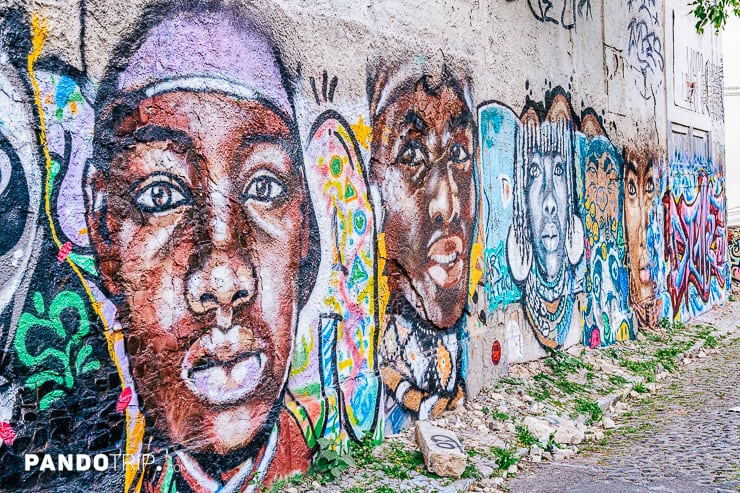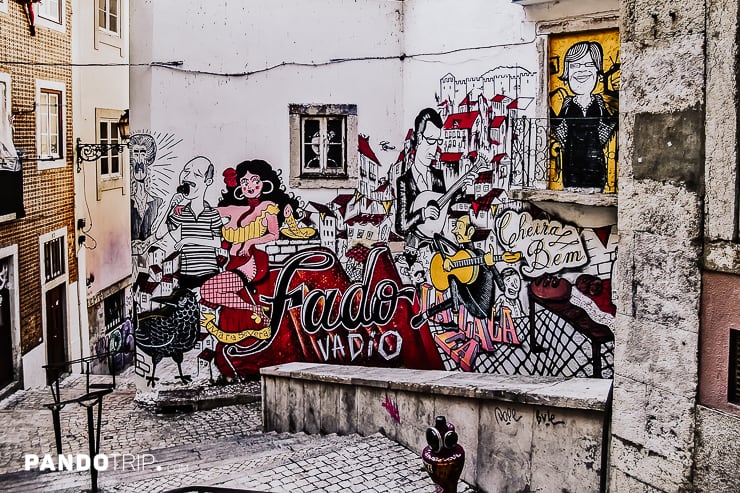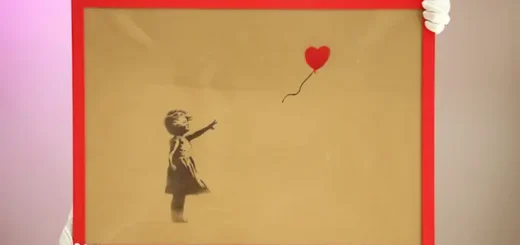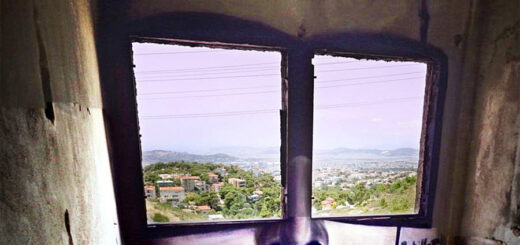Cities with the Most Beautiful Graffiti: Art Without Boundaries – Lisbon, Portugal
Street art has long been an important aspect of Lisbon’s cultural fabric, and the city teems with different artistic expressions. Until the 18th century, Lisbon’s architectural tradition tended towards all-white buildings. However, the big earthquake of 1755 catalyzed a change in this practice. Wealthier neighborhoods responded by painting their walls and pavements with bright colors and tiles, while the city’s less affluent residents, lacking the resources to paint their homes, turned to the earliest forms of graffiti.
The 1974 Democratic Revolution witnessed an intensification of graffiti across the city, as it became a potent medium for self-expression and voicing public sentiment. In the decades that followed, graffiti art flourished, absorbing significant influences from countries with which the Portuguese Empire interacted. Mural art from Brazil and Western European graffiti were seamlessly integrated into the Portuguese street scene.
But not everyone liked it. This unchecked spread of graffiti began to cause resentment among local residents. In the early 2000s, the city authorities made several attempts to clean up the city, but without success. A turning point came in 2008, when the Lisbon City Council came up with a compromise solution that transformed Lisbon into a hub for diverse street artists.
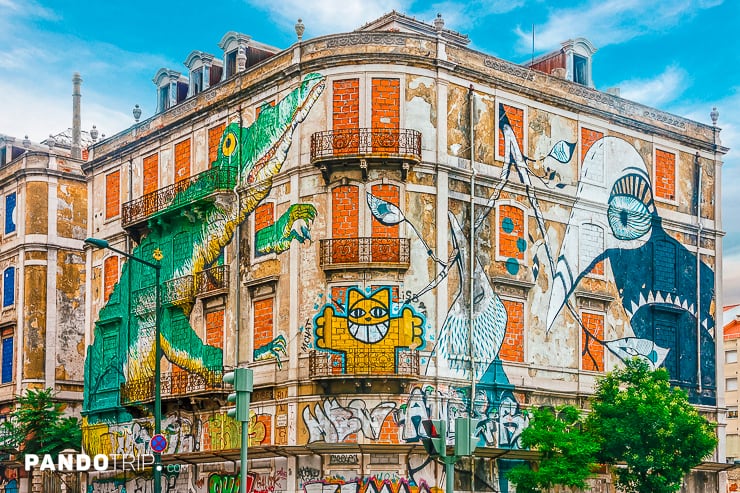
In an innovative move, several panels were installed along Calçada da Glória, a famous street in Barrio Alto, providing a canvas for artists who wanted to contribute to the city’s cultural landscape. This initiative, managed by the Galeria de Arte Urbana (GAU), has resulted in one of the most eclectic displays of street art in the world.
The GAU, Lisbon’s first Urban Art Gallery, is a premier hotspot for street art in the city center. The Amoreiras neighborhood, Lisbon’s largest and oldest mural area, boasts many remarkable pieces of graffiti. Other districts known for street art in Lisbon include Alfama, Bairro Alto, Chiado, Graça, Belém, Algés and Avenidas Novas.
Nevertheless, the widespread presence of Brazilian pixação is clearly visible throughout the city. The authentic pixo, rare in Europe, has proliferated in Lisbon due to the strong ties between Brazil and Portugal.
